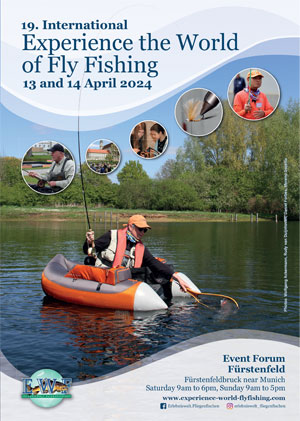Changing sea conditions send some species to cooler, deeper water or to better-oxygenated zones. Certain areas of the Pacific and Atlantic oceans suffer from low dissolved-oxygen levels at depth, forcing predators like billfish to remain shallow, where they’re more vulnerable.
By Jason Schratwieser in Sportfishing Magazine, 2016
The opening lyrics in Bob Dylan’s classic tune “The Times They Are A-Changin'” told us to acknowledge that the waters around us were quickly rising. And while Dylan was surely referring to the sociopolitical climate of the day, those words still ring true in the physical sense as well. Climate change and global warming — or whatever phrase you use for our planet’s current ecological ailments — have generated much debate for the last several decades. These topics just seem to make some people, well, hot and bothered. Some choose to reject the notion that we’re seeing fairly, if not very, rapid changes in climate, but unfortunately, the data say otherwise. And this phenomenon we’re witnessing is directly linked to, if not driven by, what’s going on in the earth’s oceans.

In reality, the world’s oceans comprise a single large, connected entity called the global ocean. This expansive mass of water churns with currents, both visible and hidden, that not only exert control over marine ecosystems but also create profound effects on terrestrial ones.
The Long Term
Most anglers have heard plenty of talk over the last year or so about the record-breaking water temperatures in the Pacific, brought on by the last El Niño. Indeed, last year’s event ranked as the most significant ever recorded. No matter how severe the episode, however, El Niño events typically linger only a year or so. And although these ephemeral conditions seem to garner a lot of press, bigger problems have been unfolding for some time. Many environmental scientists agree that ocean temperatures are rising on a long-term, global level.
Read the rest of this in-depth look at fishery changes brought on by climate change in Sportfishing Magazine here.
Source: www.thefishingwire.com.






